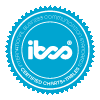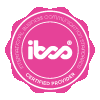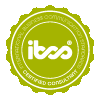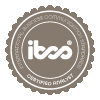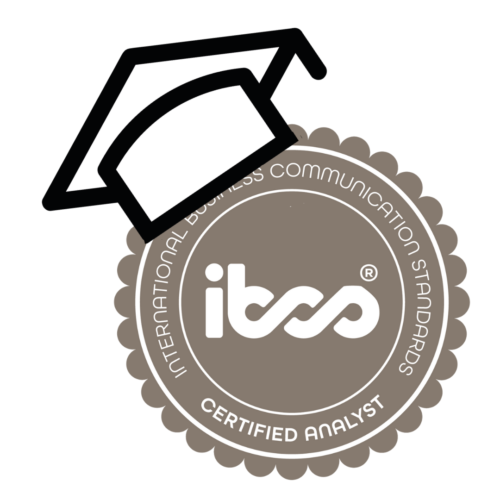
IBCS® Certified Analyst (public) –
Understand and apply IBCS
What makes reports and dashboards easier and better to understand? Learn the difference between reports for messaging and dashboards for self-service. We'll show you that both reports and dashboards need consistent notation, a well-organized structure, the right chart types, high information density, and proper scaling. Then, through numerous exercises, practice applying what you've learned. Followed by an online test for becoming an IBCS® Certified Analyst.
IBCS® Certified Trainers
PROGRAM
PART 1
IBCS with SUCCESS – Successful reports, presentations, and dashboards
Introduction: The basics of business communication (90 min)
- Reports should have something interesting to report
- Dashboards serve analytical purposes
- The SUCCESS formula of the International Business Communication Standards (IBCS)
UNIFY: Apply semantic notation (45 min)
- Unify terminology
- Define and learn a semantic notation
- Unify visualization
SAY: Convey a message (45 min)
- Focus on the message
- Detect, explain, or suggest
- Substantiate message
STRUCTURE: Organize content (45 min)
- Use homogeneous, non-overlapping and exhaustive elements
EXPRESS: Choose proper visualization (45 min)
- Use correct chart types
SIMPLIFY: Avoid clutter (25 min)
- Avoid noise and redundancies
CONDENSE: Increase information density (25 min)
- Add data, elements, and objects
CHECK: Ensure visual integrity (25 min)
- Apply proper scaling
Summary (15 min)
- Next steps
PART 2
IBCS Workshop – Application of the SUCCESS formula
Introduction (60 min)
- Summary of “IBCS with SUCCESS” training
- Workshop objective and overview
- Testing individual level of IBCS knowledge
Apply semantic notation (UNIFY) (60 min)
- Elaboration of rules for a consistent semantic notation
- Group exercise from “Solid, outlined, hatched” video course
Convey a message (SAY) (30 min)
- Elaboration of rules for conveying strong messages
- Joint exercise about charts following messages
Organize content (STRUCTURE) (75 min)
- Elaboration of rules for creating well-structured storylines
- Group exercise on the improvement of poorly structured text
Choose proper visualization (EXPRESS) (120 min)
- Elaboration of rules for the proper choice of chart and table types
- Group exercise with case studies
- Presentation of the results
Avoid clutter (SIMPLIFY) (60 min)
- Elaboration of rules for a cleaner layout
- Individual exercises on removing clutter from tables
Increase information density (CONDENSE) (60 min)
- Elaboration of rules for adding data and elements to charts and tables as well as objects to screens and pages
- Group exercise with case study
Ensure visual integrity (CHECK) (60 min)
- Elaboration of rules for avoiding wrong scaling
- Discussion on proper scaling for typical practical challenges
Case studies (120 min)
- Group exercises: Design of report pages supporting given messages
- Presentation of the results
Enabling corporate adoption of the IBCS Standards (60 min)
- Discussion of the requirements for corporate adoption
- Discussion of the necessity and the contents of a notation manual
Breaks
With classroom courses there is lunch together at 12:30. Snacks and refreshments are served in coffee breaks at around 10:30 in the morning and 15:00 in the afternoon. After the training you are invited for an Apéro – a kind of small reception, at which snacks and refreshments are served.
In the case of online courses, the breaks are timed in the same way.



